Locks are security devices. Lock manufacturers provide locks and lock systems to customers looking to secure and prevent burglary and vandalism. Some of those items and areas that lock hardware protect include safes, lock boxes, luggage, furniture cabinets, gates, factories, and commercial and residential buildings. Read More…
As an ISO certified source for industrial hardware, Sierra Pacific Engineering & Products is a company you can trust in for excellent locks. Quality, service & value are the core to being a top OEM supplier and SPEP offers a wide range of additional products.
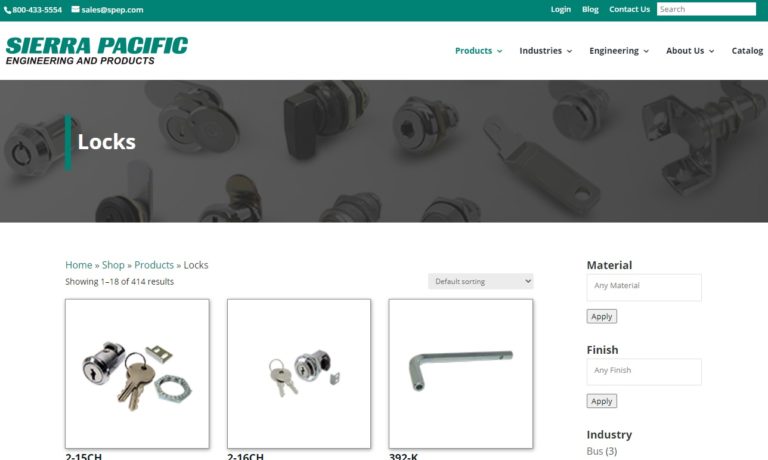
Our specialty is custom hardware fabricated to your specifications. Our lock manufacturing capabilities include 3-slot and key locks, pad locks that are keyed solid brass, long shackle solid brass padlocks, disc padlocks, combination locks & key locks with briefcase hasp. Quality locks since 1925! We care about offering our customers quality products & service. Visit our website or call us today!
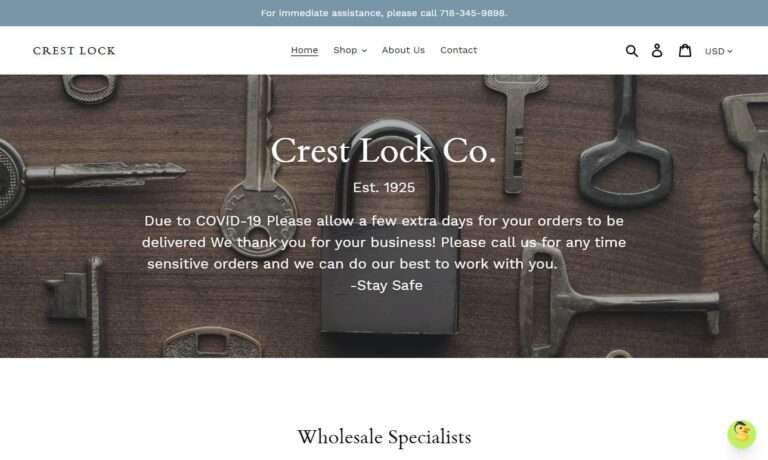
At Ranger Lock, we’ve been committed to creating more secure locks and lock guards since we opened the doors to our company all the way back in 2002. One of our most popular products, the ATF-Compliant Lock Box, is consistently a best-seller from the Ranger Lock online store due to its rugged construction and durability. When you need a fully ATF-compliant lock guard, you need the Ranger Lock...
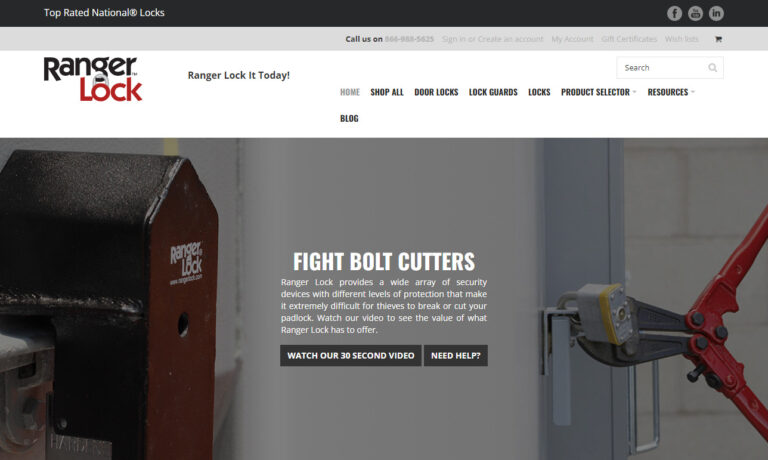
Mul-T Lock is known as a worldwide leader in the lock manufacturing industry. We pride ourselves on being leading innovators of lock manufacturing with our state-of-the-art technologies and customized equipment. We are ISO 9001 2000 and ISO 14001 certified.
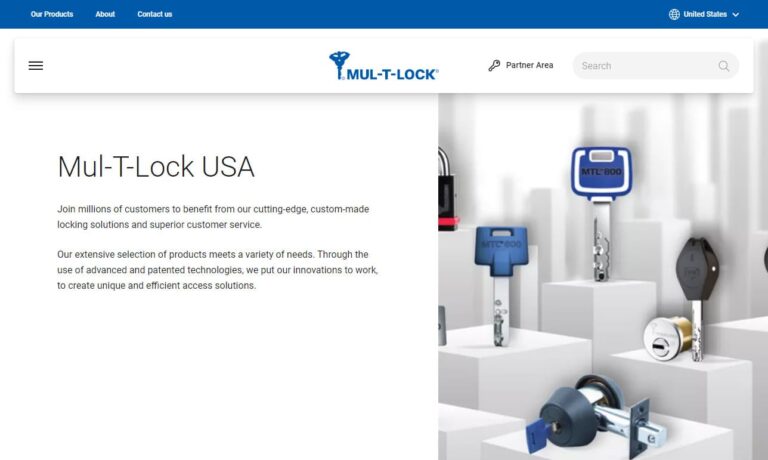
More Lock Manufacturers
History of Locks
Locks have been around providing security in some form or another for thousands of years. The earliest example of a lock and key set was found in the ruins of the capital city of ancient Assyria, Nineveh. Later, other peoples in ancient Mesopotamia (modern day Iraq), such as the Babylonians, the Akkadians, and the Sumerians, imported this design. It most closely resembled a pin lock design. Eventually, this lock design also spread to ancient Egypt. There, the Egyptians adapted it by creating wooden pin tumbler locks that they mounted on doors using a wooden post. Their locks also featured a key and a flat bolt that they could slide into the post. The bolt had vertical openings with corresponding pins. To unlock a door, a person needed only insert the correct key, which would then lift the pins so that he or she could pull the bolt from the post.
The Romans invented metal locks, often using iron for the lock and bronze for the key (with the result that keys are found more often today than locks).
There is some disagreement over who invented the warded lock hardware type; some say Theodorus of Samos invented it in the 6th century BC, while others insist that artisans from Britain invented it. Either way, we do know that sometime between the years of 870 and 900 AD, the first all-metal warded locks materialized.
Jumping forward several centuries, locksmiths began making what we would consider modern locks in the 1700s. Because engineers were so quickly developing machines, locksmiths were able to start making lock assemblies that were more complicated, stronger, and better made in general. Plus, they were able to make them faster than before.
During the Industrial Revolution, inventors were able to invent or improve upon several lock hardware designs. In 1778, for example, Robert Barron updated the lever tumbler lock to a double acting lever lock. During the late 1700s, one of the most important and well-known names in lock manufacturing was Joseph Bramah. Bramah had his own lock company, which he headquartered in London. His company was famous for making locks that could not be or were incredibly hard to break.
In 1818, a young man named Jeremiah Chubb took Robert Barron’s lever lock design and reworked it so that virtually unbreakable. He entered his lock, which he called the Chubb detector lock, into a competition held by the British government, which was seeking a lock that could only be unlocked by its designated key. His lock did this and more; it had a built-in hardware feature called a regulator, which would trip when someone tried to use the wrong key or pick it. If the regulator was tripped, the lock would not open for anyone until someone reset it with a special key.
Other important lock developments from that time include a double-acting pin tumbler lock (invented in 1805 by an American doctor named Abraham O. Stansbury), a burglar-proof safe lock (invented in 1835 by the Chubb brothers), an updated double acting pin tumbler lock (invented in in 1848 by American Linus Yale, Sr.), and a key-changeable combination lock (invented in 1857 by James Sargent).
Throughout the 20th century, locks didn’t change much, aside from the speed and precision with which manufacturers could make them. The biggest changes came instead towards the end of the 20th century. For example, in 1975, a Norwegian engineer named Tor Sørnes patented the VingCard. The VingCard was the world’s first programmable electronic keycard lock. Since then, engineers have developed this technology to the point where keycard locks are incredibly common in the workplace.
Some of the most recent lock technology advances have been related to biometrics, RFID tagging, and digital keys. Some locks can even now be opened with a voice command or a directive from your cell phone. Also, on android cell phones, suppliers often add an OEM lock and unlock feature, which helps make sure you do not lose your information in a reboot. While smart lock technologies advance, we still largely rely on tried and true lock mechanisms. It will be interesting to see where lock suppliers take us in the future.
Lock Design
A mechanical device that secures a door or container is called a lock. It can only be opened with a key or by a sequence of maneuvers performed by someone who knows the code.
Lock manufacturers can make locking systems to meet industry specifications or individual specifications. They offer standard products that they produce en mass as well as custom-made ones.
The decision of what kind and what size of lock to choose for any given application can be quite tricky. Fortunately, any good lock supplier will be able to assist a customer in this regard. When helping a customer find the right products, lock manufacturers will consider whether or not their application requires high security, whether or not their application requires portability, whether a lock must be durable, how many people will be accessing the lock, how often the lock will be used, and how quickly the contents behind the locked door must be accessed.
Types of Locks
Locks are divided into three main categories: mechanical, electronic, and biometric.
Mechanical Locks
Mechanical locks are those most commonly seen on the doors and door frames of residential and commercial buildings, as well as on interior doors, like those to a bathroom, bedroom or office. They are made of metal and either opened using a combination or a key.
Electronic Locks
Electronic locks and electronic locks systems do not use keys, but rather plastic magnetized cards or access passwords or codes. In order to open a bolted door or safe, authorized users must put the keycard in a card reader, located on the door, or punch in the correct password or code into a mounted keypad. After authorized personnel closes a door with this type of lock, the door will automatically re-lock, as a computer chip in the electronic key has programmed them to do. Workplaces with locks like these most commonly include those with high security levels, high turnover rates or staff with constantly shifting authorizations.
Biometric Locks
Biometric locks are the most comprehensive security lock of all lock types. They vary, but typically, they require voice recognition, a retinal scan, or a fingerprint scan to open. Biometric locks are highly advanced and very secure. It is no surprise, then, that they are also very expensive. Given their nature and price tag, they are mainly employed by government agencies and other businesses, like banks, that allow extremely limited access to certain facility spaces.
Miscellaneous
Within these categories are countless other lock types, such as padlocks, cylinder locks, mortise locks, deadbolts, spring bolt locks, warded locks, cam locks, vending machine locks, luggage locks, bike locks, child safety locks, window locks, combination locks, lever tumbler locks, disc tumbler locks, wafer tumbler locks, sidebar locks, cable locks, magnetic key locks, and more.
Padlocks consist of a hinge, a chain, and a bar. The bar, or bolt, hinges on one side. To lock this type of lock, you simply run opposite side of the bolt through a chain link.
Mortise locks are incredibly hard to break or pick. As such, they are the best choice for outer door lock security applications, though they cost quite a bit to install.
Cylinder locks work well for applications that require less security. While less secure than mortise locks, users can change cylinder locks easily. Also, these door locks are much less expensive.
Deadbolts feature a heavy square bolt or a round-profiled rod piece, made of solid titanium or steel, that users insert into a door frame to hold it shut.
Spring bolt locks are very similar to deadbolts. The main difference between the two security locks is the fact that deadbolts can only move into the open position when some rotates the key. Spring bolts, on the other hand, will open if you pressure the bolt, since it holds the bolt in place using a spring.
Warded locks are one of the oldest lock types still in existence today. These products are mechanical locks that open with a notched key that slides a bolt inside the lock backwards and forwards, until the key matches up with the notches inside. In other words, it opens when the correct key is correctly inserted. While some modern lock systems are still controlled and accessed with keys like this, many others now open after the prompting of a correctly spun combination, the sliding of a keycard, or the application of some other keyless device.
Cam locks are common features of products like file cabinets, garage cabinet sets, and tool chests. They feature a base where a user can open the cam using a key or tool, and a cam. The cam is basically the bolt; it may be installed straight or offset.
Vending machine locks are locks that suppliers make specifically to work with vending machines. They keep people from both reaching in and pulling out products they haven’t paid for and reaching in and pulling out money that isn’t theirs.
Luggage locks are another type of specialty lock. They typically come in the form of small padlocks or small combination locks.
Bike locks are available in a few different forms, depending on how you want to lock your bike. The most common types include cable locks and padlocks with case hardened security chains.
Child safety locks are locks that people use around the home to keep children from opening drawers and doors that they shouldn’t, such as the knife drawer. They are usually simple and made from a strong plastic.
Window locks are locks that people can install for extra security. Window locks, which suppliers usually design as a sort of cam lock, are easy to install.
Pound locks are special locks designed to raise and lower the water level of a canal so that water vehicles can pass safely.
Strap locks are locks that guitarists use to secure guitar straps.
Combination locks, which may be reprogrammed by the user later, open only when said user inputs the correct combination of numbers or letters.
Lever tumbler locks hold a bolt locked in place with the help of tumblers. When the bolt is locked, the door is locked. When users lift the tumbler, the bolt is no longer trapped and they can move it out of its spot in order to unlock the lock.
Disc tumbler locks feature rotating slotted locking discs. Disc tumbler locks are highly secure.
Wafer tumbler locks consist of locking wafers, and they work like other tumbler locks. Most often, suppliers manufacture them for cabinet use and cars.
Sidebar locks are somewhat advanced lock and key systems. They consist of a radial key with fins, and a cylindrical code bar found inside the actual lock. To unlock them, a user gets the fins to actuate the sidebars, which line up with the cylindrical code bar.
Cable locks consist of a combination or key locking mechanism and a length of cable with loops on both ends. Cable locks are used to deter theft of larger items that are typically stored outdoors, such as bicycles.
Magnetic key locks are one of the newest lock mechanism types. This locking system, which is growing in popularity, contains spring-loaded pins, which magnetically repel when a user inserts the key.
Things to Consider Regarding Lock Manufacturers
To get the peace of mind and security you seek, you need to work with a lock supplier you can trust and who has the right services for you. Note that some manufacturers produce a wide range of locks systems, while others specialize in making locks used by certain industries, such as automotive engineering, commerce, jewelry, and sports and recreation.
There is no ‘one lock fits all’ solution when deciding on the best lock. It is crucial to consider the door to be guarded and the matching physical appearance of the lock. You may also need to consider the location of your entry (internal or external). For example, using a complex lock system on your bathroom door may be completely unnecessary!
On this page, we’ve listed several lock manufacturers we know and trust. To find the right manufacturer for your application, check out each of them and get a feel for their services and products. Pick out three or four companies to which you’d like to speak, then reach out with your questions, concerns, requirements, and specifications. Once you’ve done that, compare and contrast your conversations and their locksmith services, and select the right one for you. Then, call them back and lock in their services. Good luck!








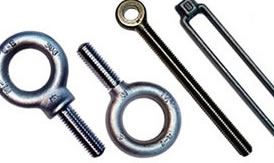 Bolts
Bolts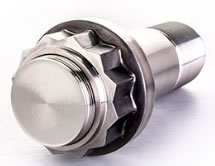 Fasteners
Fasteners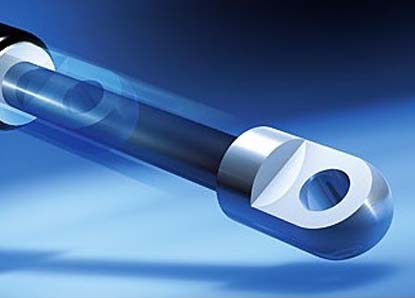 Gas Spring
Gas Spring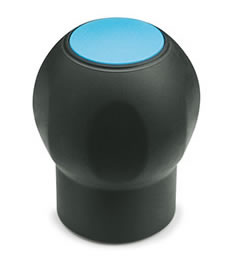 Handles
Handles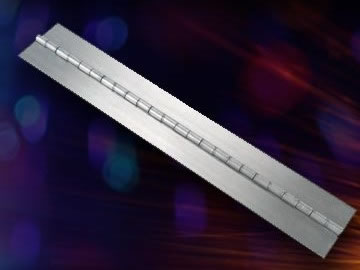 Hinges
Hinges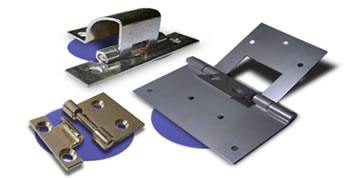 Latches
Latches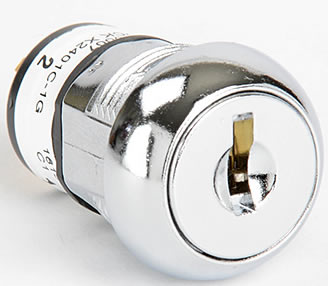 Locks
Locks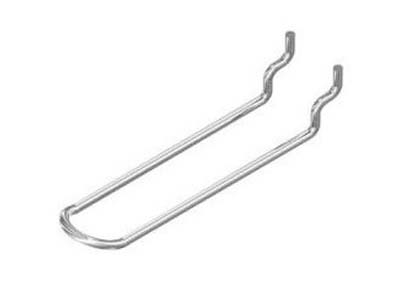 WIre Hooks
WIre Hooks Castings & Forgings
Castings & Forgings Bulk Material Handling
Bulk Material Handling Electrical & Electronic Components
Electrical & Electronic Components Flow Instrumentation
Flow Instrumentation Hardware
Hardware Material Handling Equipment
Material Handling Equipment Metal Cutting Services
Metal Cutting Services Metal Forming Services
Metal Forming Services Metal Suppliers
Metal Suppliers Motion Control Products
Motion Control Products Plant & Facility Equipment
Plant & Facility Equipment Plant & Facility Supplies
Plant & Facility Supplies Plastic Molding Processes
Plastic Molding Processes Pumps & Valves
Pumps & Valves Recycling Equipment
Recycling Equipment Rubber Products & Services
Rubber Products & Services